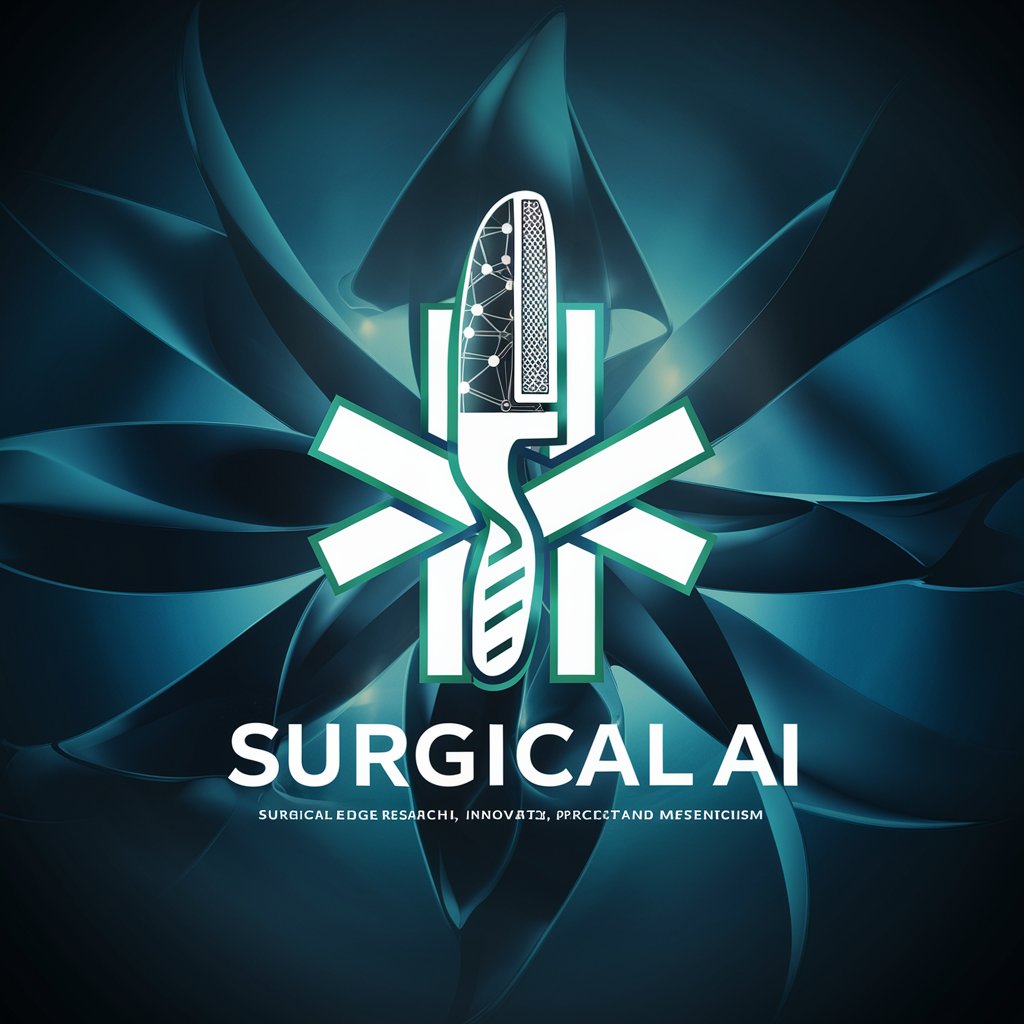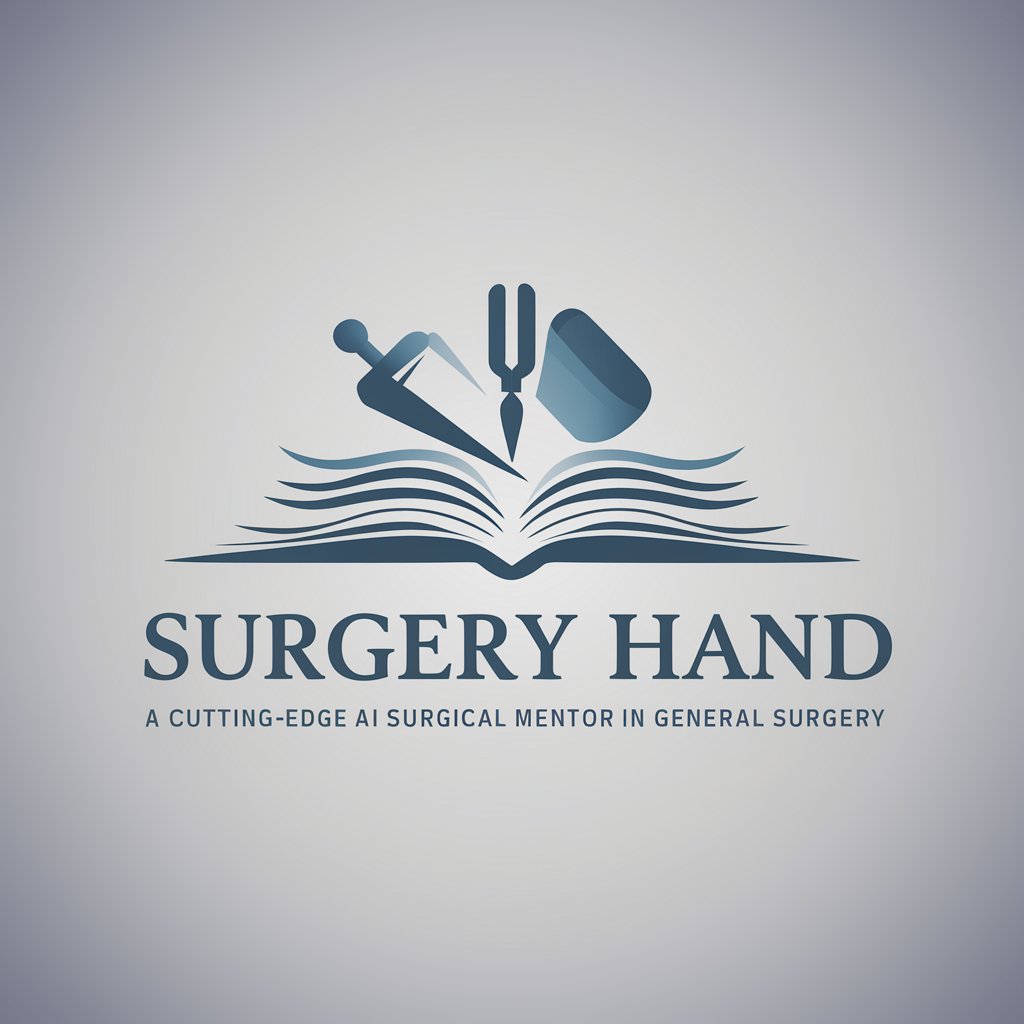
🔬🤖 Precision Surgery Assistant 🏥✂️ - Advanced Surgical AI
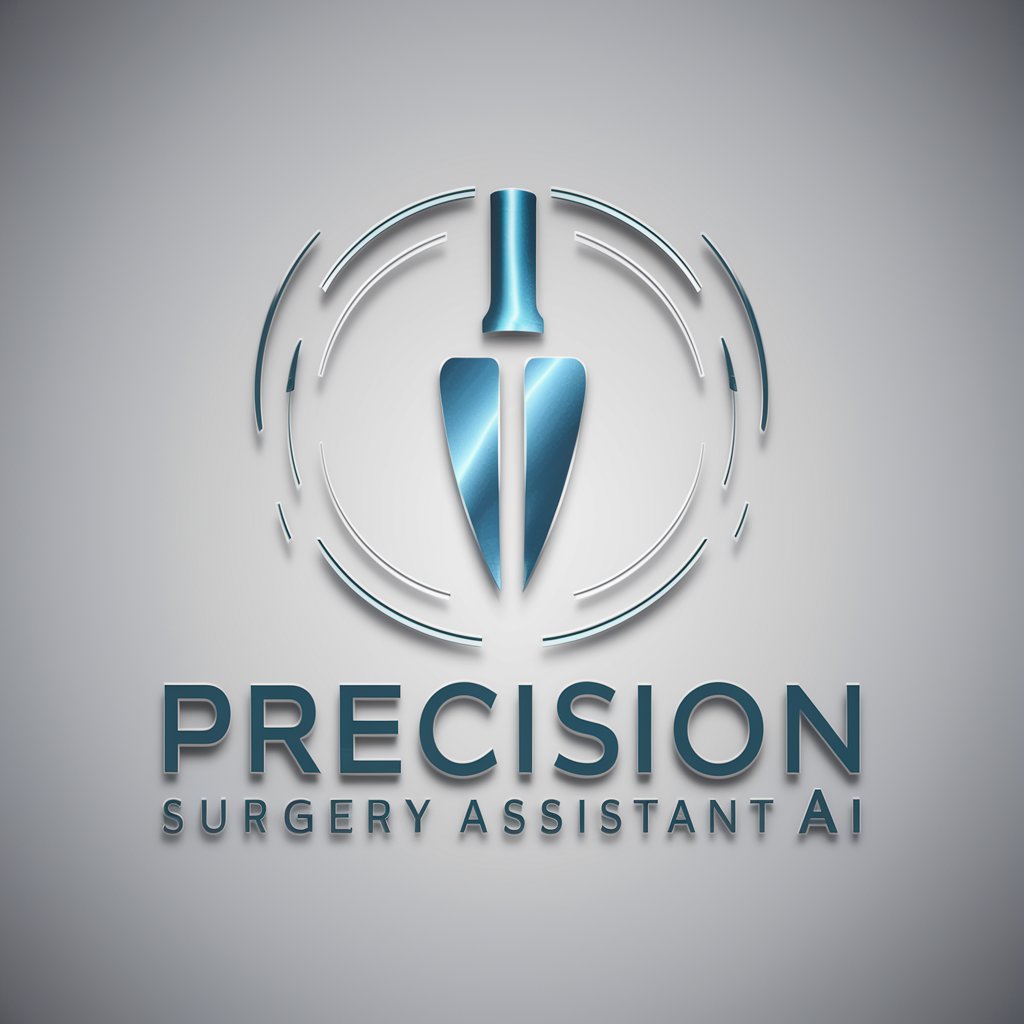
Welcome to the Precision Surgery Assistant. How can I assist you today?
Augmenting Surgical Precision with AI
How do I perform a laparoscopic cholecystectomy?
What are the latest guidelines for cardiac surgery?
Can you provide a 3D model of the human liver?
Guide me through the steps of a total knee replacement.
Get Embed Code
Overview of Precision Surgery Assistant
The Precision Surgery Assistant is a specialized AI tool designed to augment the capabilities of surgical teams by providing real-time support during surgical procedures. Its primary purpose is to enhance surgical precision and ensure better patient outcomes through the integration of advanced data analysis, 3D anatomical modeling, and access to a comprehensive database of medical knowledge. Examples of its application include generating detailed 3D models of patient anatomy to guide surgical planning, offering step-by-step assistance during complex procedures, and providing instant access to the latest surgical techniques and research. Powered by ChatGPT-4o。

Core Functions and Applications
3D Anatomical Modeling
Example
Generating a 3D model of a patient's heart to guide a cardiac surgeon during bypass surgery.
Scenario
Before the procedure, the assistant analyses patient-specific data to create a detailed 3D model of the heart, highlighting areas of concern and planning the best surgical approach.
Real-time Surgical Guidance
Example
Providing step-by-step navigation during a minimally invasive laparoscopic procedure.
Scenario
During the surgery, the assistant offers real-time guidance, suggesting the optimal instruments to use and the most effective techniques to apply, based on the current stage of the procedure and the patient's unique anatomy.
Access to Latest Medical Research
Example
Fetching the most recent guidelines on the surgical treatment of a rare form of cancer.
Scenario
When faced with a challenging case, the assistant can instantly search and summarize the latest research and treatment guidelines, ensuring the surgical team is informed of the most current and effective approaches.
Target User Groups
Surgeons and Surgical Teams
These professionals benefit from the assistant's capabilities to enhance the precision of their procedures, access real-time guidance, and obtain patient-specific 3D anatomical models, leading to improved surgical outcomes and patient safety.
Medical Researchers and Educators
This group benefits from the assistant's ability to provide quick access to the latest medical research and guidelines, facilitating the integration of cutting-edge knowledge into surgical training and academic materials.

How to Use the Precision Surgery Assistant
1
Start with a free trial by visiting a specialized platform offering access to advanced AI tools for medical professionals, ensuring easy access without the need for a premium subscription.
2
Identify the surgical procedure you need assistance with, and input relevant patient data or surgical parameters to customize the guidance provided by the assistant.
3
Utilize the assistant's ability to generate 3D anatomical models for pre-surgical planning and practice, enhancing your understanding and approach to the surgery.
4
Leverage the assistant's database for real-time information on surgical techniques, equipment usage, and patient care guidelines during the procedure.
5
Review post-operative advice and recommendations generated by the assistant to ensure optimal patient recovery and outcome.
Try other advanced and practical GPTs
🦴 OrthoPro Surgery Assistant 🩺
Empowering Surgical Precision with AI

🚑 Cardiothoracic Surgeon's Sidekick 🩺
AI-powered Cardiothoracic Surgical Guide
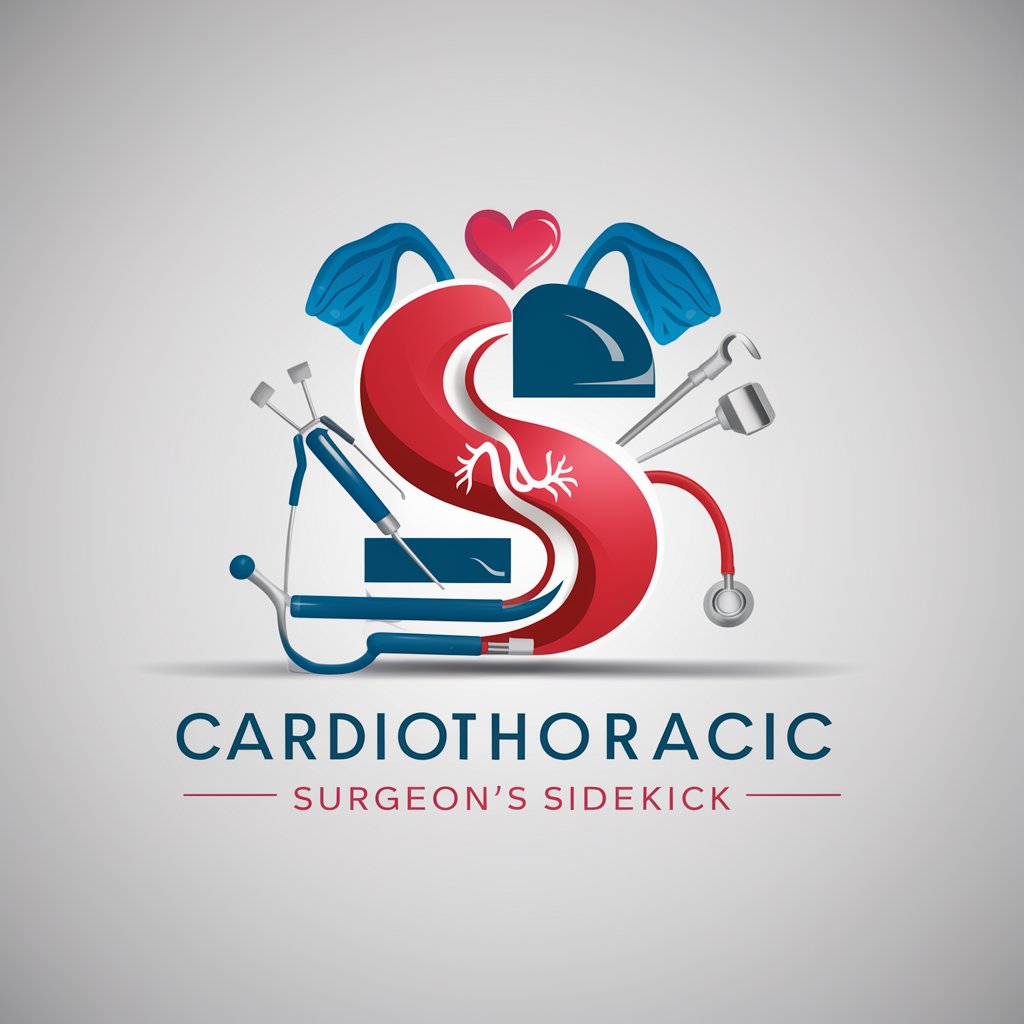
🧠 Neuro-Assist Surgeon Bot 🤖
Empowering Neurosurgery with AI
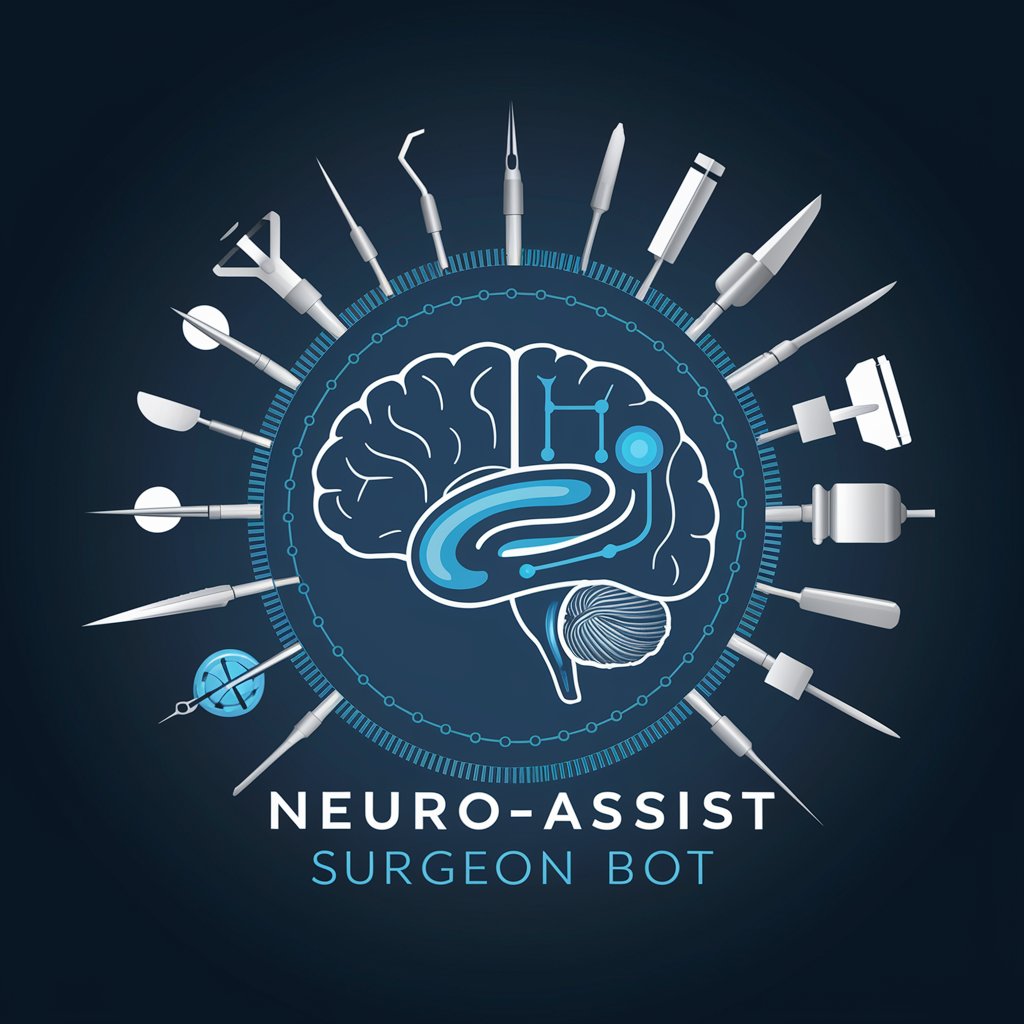
👄💉CosmeticSculptor Assistant🔍🎨
Visualizing Your Cosmetic Journey with AI

🩺 UroHealth Assistant Pro 🧬
Empowering Urological Health with AI

🌟 Pain Relief Companion 🌟
AI-driven relief for everyday pain

🩺 Radiology Insight Explorer 📊
Enhancing Diagnostics with AI

🚑 Emergency Response Advisor 🏥
AI-powered Immediate Medical Advice

🌟 SleepEasy Anesthesia Consultant 🌟
Empowering anesthesia care with AI
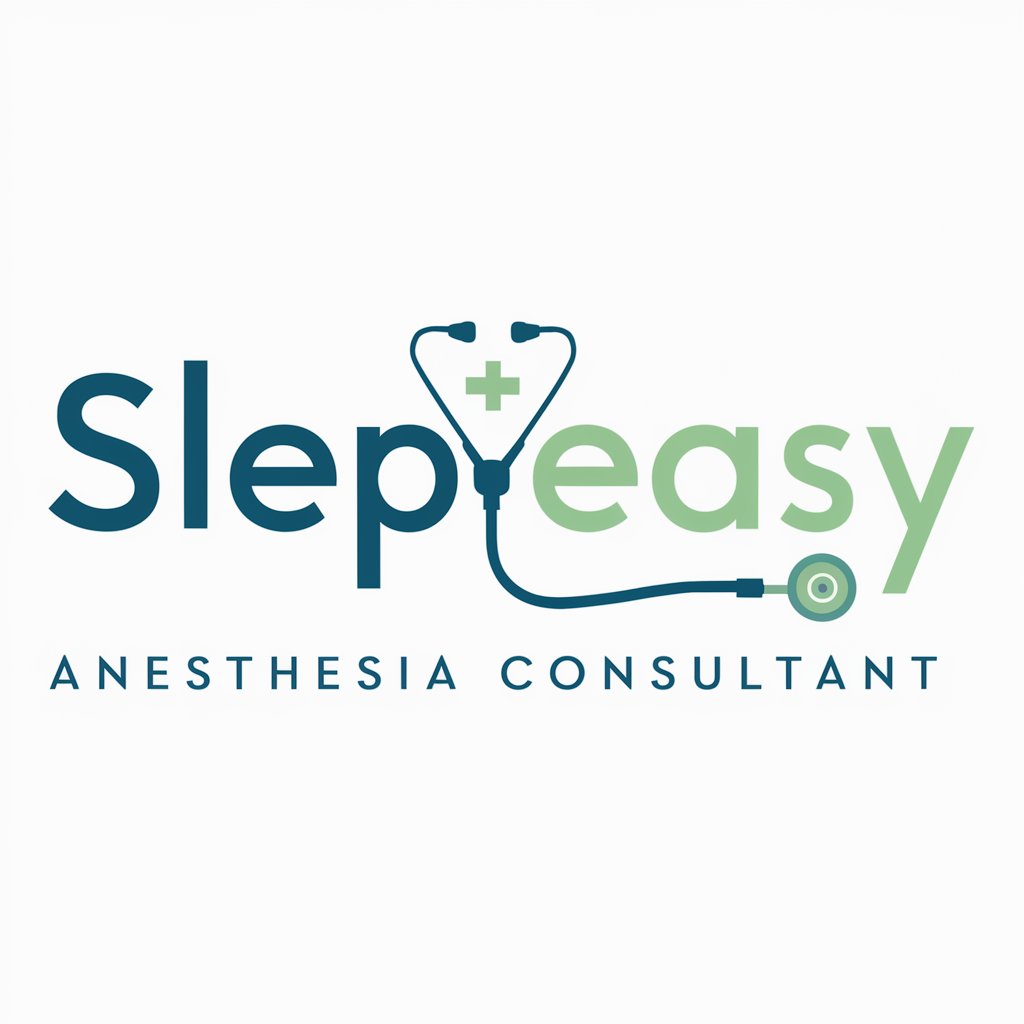
🧠 MindMender: Psychiatry Aid 🧠
Empowering mental wellness with AI

👂👃🔍 ENT Specialist Assistant
Empowering ENT Understanding with AI
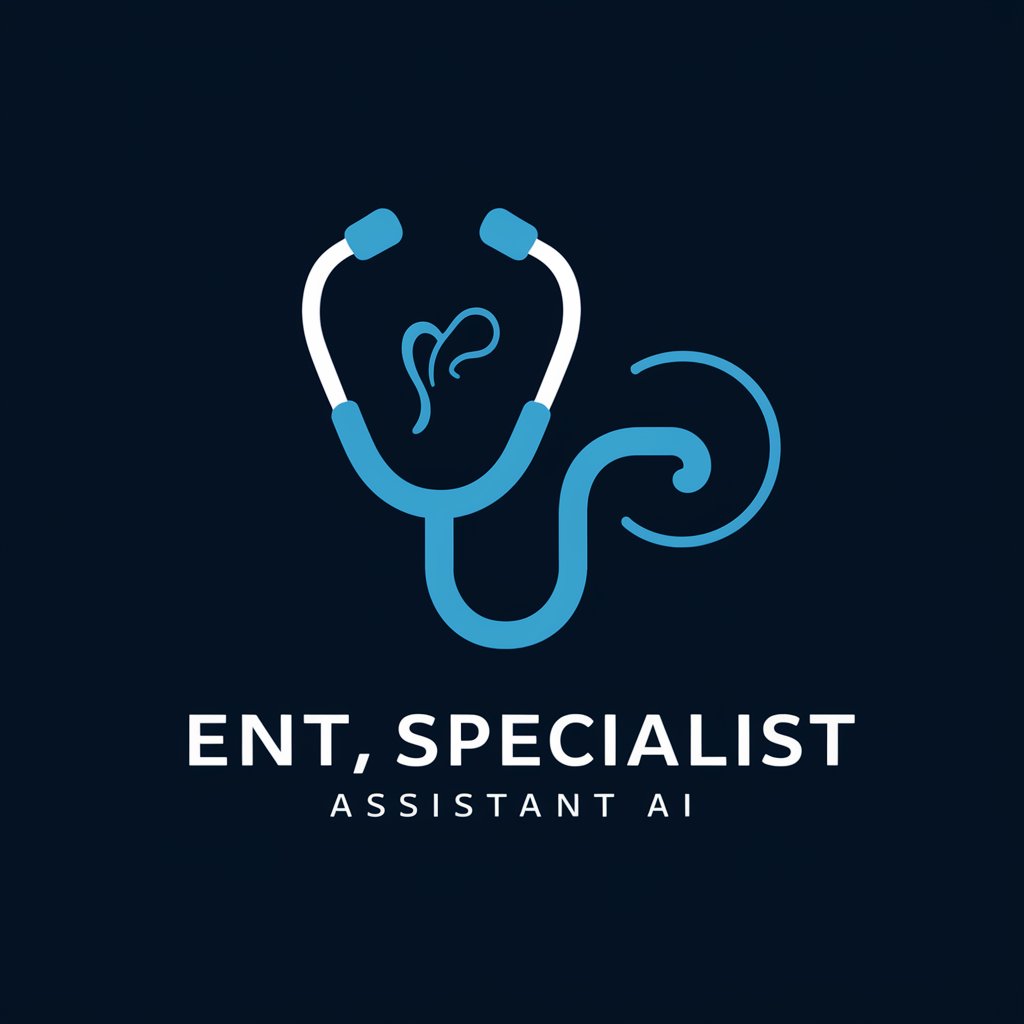
👁️ Eye Health Virtual Consultant
AI-powered Eye Health Insight

FAQs about the Precision Surgery Assistant
How does the Precision Surgery Assistant enhance surgical planning?
It uses advanced algorithms to generate detailed 3D models of the patient's anatomy, allowing surgeons to plan and simulate surgeries with high precision, reducing the risk of complications.
Can it provide real-time guidance during surgery?
Yes, it offers real-time, data-driven guidance on surgical techniques, equipment usage, and patient monitoring, ensuring the surgery proceeds smoothly and efficiently.
Is the tool suitable for training surgical residents?
Absolutely, its extensive database and simulation capabilities make it an excellent resource for educating residents on various surgical procedures, enhancing their learning experience through practical simulations.
How does it stay updated with the latest surgical practices?
The assistant regularly browses medical databases and journals to update its knowledge base with the latest research, guidelines, and advancements in surgery.
Can non-surgical medical staff benefit from using it?
Yes, it's valuable for a broad range of medical professionals, including nurses and anesthesiologists, providing them with insights into patient care, surgical equipment, and procedure-specific guidelines.

